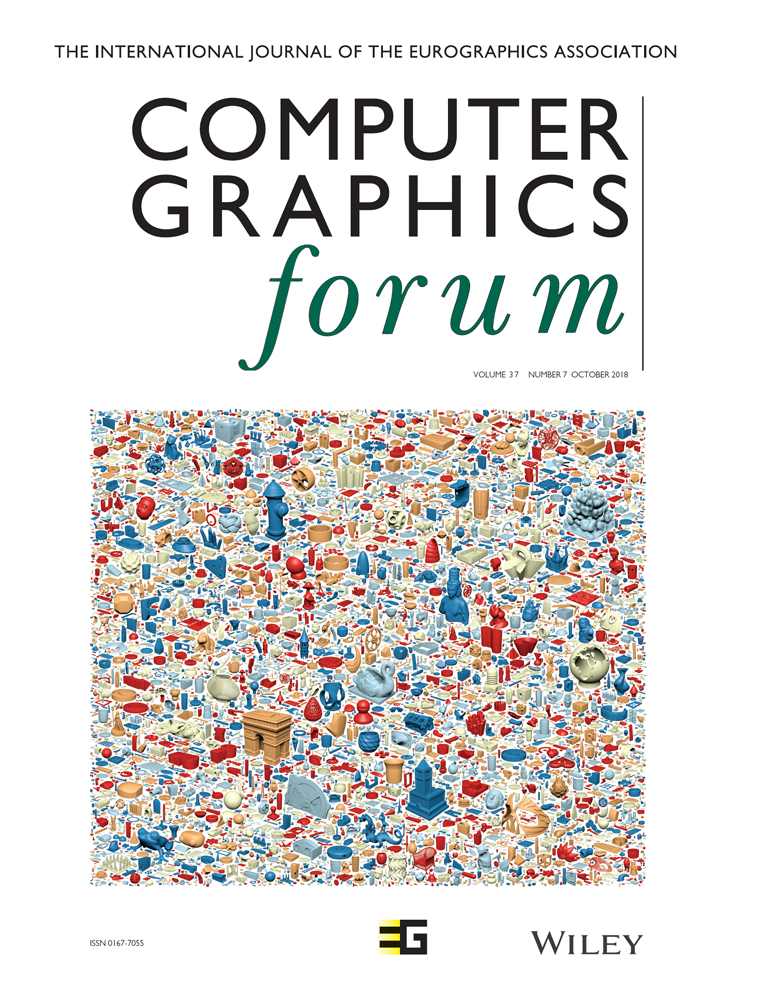Directing the Photography: Combining Cinematic Rules, Indirect Light Controls and Lighting-by-Example
Abstract
The placement of lights in a 3D scene is a technical and artistic task that requires time and trained skills. Most 3D modelling tools only provide a direct control of light sources, through the manipulation of parameters such as size, location, flux (the perceived power of light) or opening angle (the light frustum). Approaches have been relying on automated or semi-automated techniques to relieve users from such low-level manipulations at the expense of an important computational cost. In this paper, guided by discussions with experts in scene and object lighting, we propose an indirect control of area light sources. We first formalize the classical 3-point lighting design principle (key-light, fill-lights and back/rim-lights) in a parametric model. Given a key-light placed in the scene, we then provide a computational approach to (i) automatically compute the position and size of fill-lights and back/rim-lights by analyzing the geometry of 3D character, and (ii) automatically compute the flux and size of key, fill and back/rim lights, given a sample reference image in a computationally efficient way. Results demonstrate the benefits of the approach on the quick lighting of 3D characters, and further demonstrate the feasibility of interactive control of multiple lights through image features.




